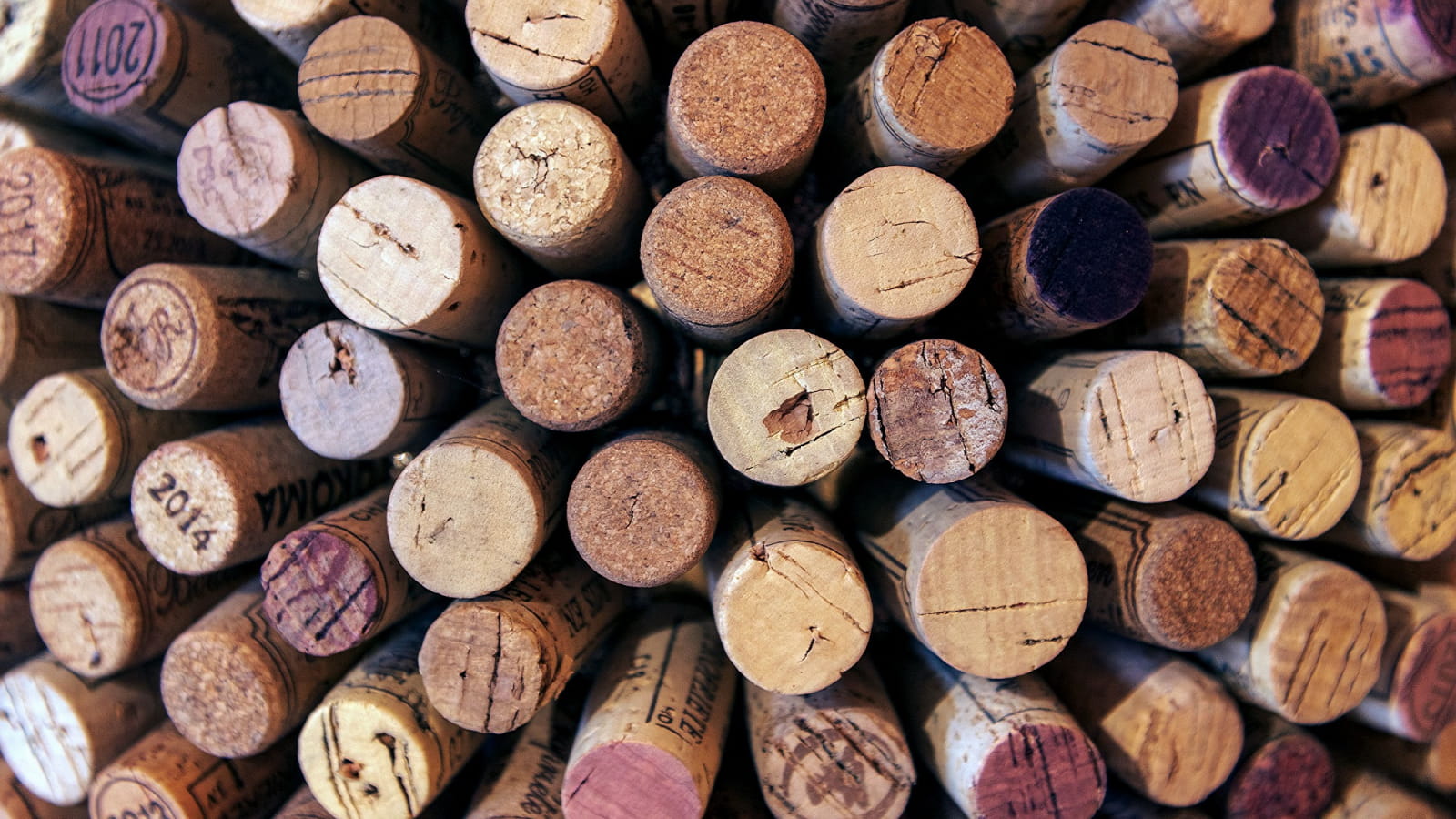33 Grands Crus, 44 appellations Villages and 7 Regional appellations

Burgundy wines for dummies
You're almost always guaranteed to have wine on the table at a romantic dinner, Sunday lunch with family or evening with friends. And even more so in Burgundy! Appellations, "climats", colour of the wines, here you'll find all the information you need to understand Burgundy wines and impress your friends and family with your expert knowledge!

In Burgundy, the "climats" have nothing to do with the weather!
Let's start with a unique characteristic of the Burgundy vineyard: the "climats". This specific regional term is used to describe a vine plot with unique soil and natural conditions (nothing to do with the weather at the vineyard!).
Since 2015, the "Climats" of Burgundy's vineyard have been classified by UNESCO. Thanks to these "climats", the end products are closely linked to their place of origin. The "climats" are a model of local winemaking, used as a reference across the world. As you explore the vineyard, you'll notice that the vines are protected by "clos" (stone walls) which mark out each of the "climats".

Specific classification
The wines are identified thanks to their appellation, which in turn is defined according to where they are produced, and other natural and human criteria. There are three levels of appellations:
1) Regional, Village (and Village Premier Cru),
2) Grand Cru (only 1% of production from the Burgundy vineyard).
3) The Premiers Crus are "Complementary Geographical Names", and are identifications of much more restricted territories.
These different categories are spread across the hillsides of each village.
Some figures…
It can be found right here in Burgundy, for the Romanée appellation, an AOC Grand Cru.
"Rosé is a combination of white wine and red wine isn't it?"
Burgundy wines are mainly produced from Chardonnay and Pinot noir grape varieties
How does a wine become white, red or rosé? Most of the time, white grapes are used to produce white wine, and red grape varieties are used to produce red wine. But the colour of the wine is especially due to the maceration process of the grape skins in the fermentation juice. To produce rosé wine, the grapes are macerated for a shorter time than for red wines.
The Crémant de Bourgogne is a regional AOC (Protected Designation of Origin), and was known as "bourgogne mousseux" up until 1975. It is produced in the French departments of Yonne, Côte-d’Or, Saône-et-Loire and Rhône.
Beaujolais wines are produced using Gamay grapes. Beaujolais is in the French departments of Saône-et-Loire and Rhône.
Burgundian wine-food pairing
During a meal, to protect the tastebuds it is important to begin with dry wines and end with sweet wines. Here are some ideas for a 100% Burgundian meal:
- For pre-dinner drinks, with "gougères": a white Crémant de Bourgogne or Saint-Véran, a Petit-Chablis or a Bourgogne-Aligoté
- Snails: a dry white wine, don't hesitate to use the same one as for the pre-dinner drink, or if you prefer red wine, opt for a red Côte de Beaune or a red Bourgogne Côte Chalonnaise.
- Beef bourguignon: red meat is generally paired with red wine, especially for this typical local dish that is made using red wine. You could pair this dish with a Gevrey-Chambertin or a Pommard for example.
- Cheese: It is fairly common to think that cheese should be paired with red wine, but that's not always necessarily true! You are guaranteed to find the right pairing if you choose wine and cheese that are produced in the same location, and it is important to consider the type of cheese (hard cheese, soft cheese with a washed rind, etc.).
- For dessert, enjoy poached pears in red wine or blackcurrant with a rosé Crémant de Bourgogne or local "pain d’épices" (spice cake) with a fairly strong red Marsannay that will go perfectly with the spices.
Take a tour of the wine cellars and meet the winegrowers
Don't forget that if you want to learn all about Burgundy wines, you need to go straight to the wine cellars and meet the winegrowers who have poured all their patience and expertise into making them. Set off along the Wine Routes and stop off at the winemaking estates to learn about their passionate traditions.








